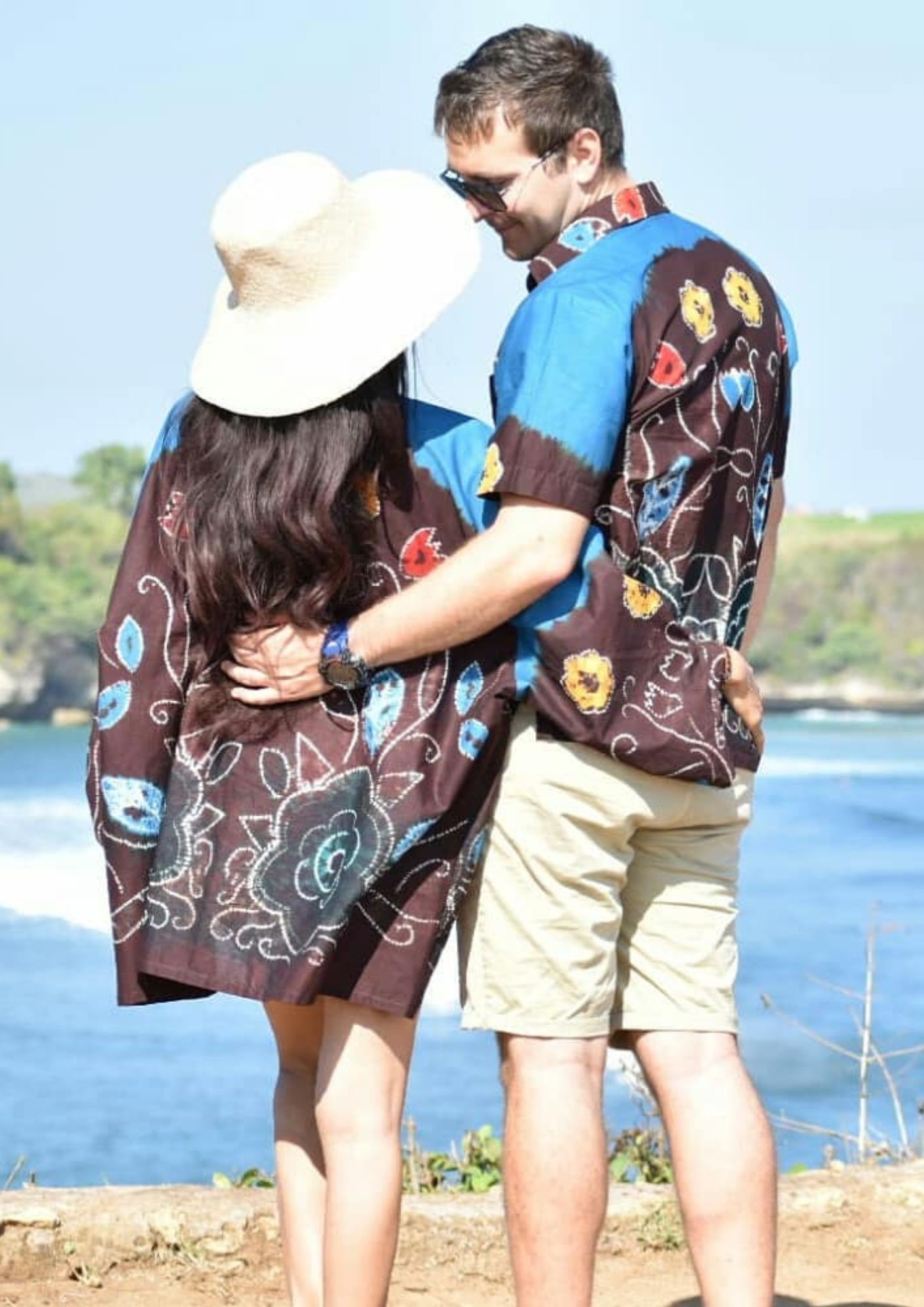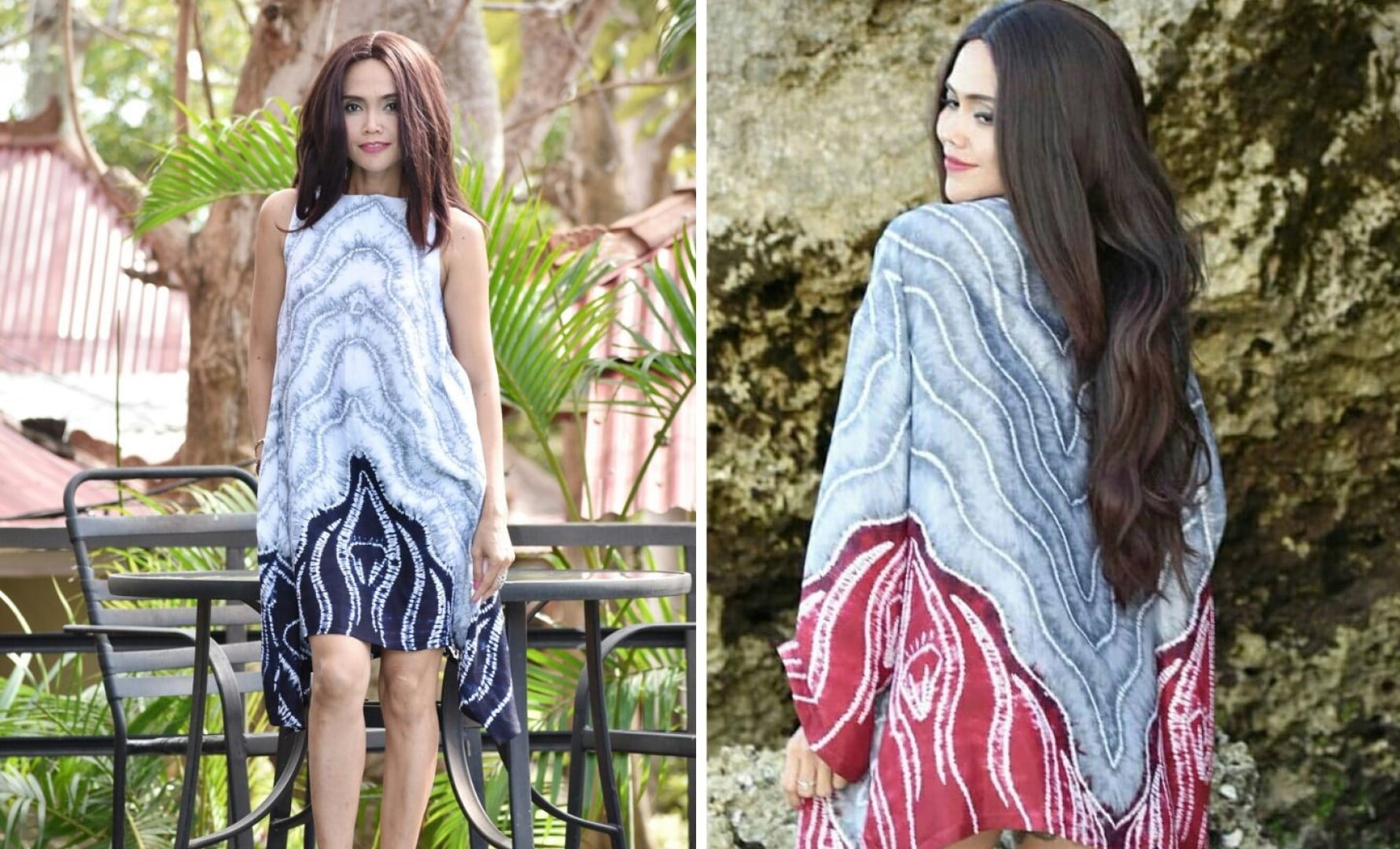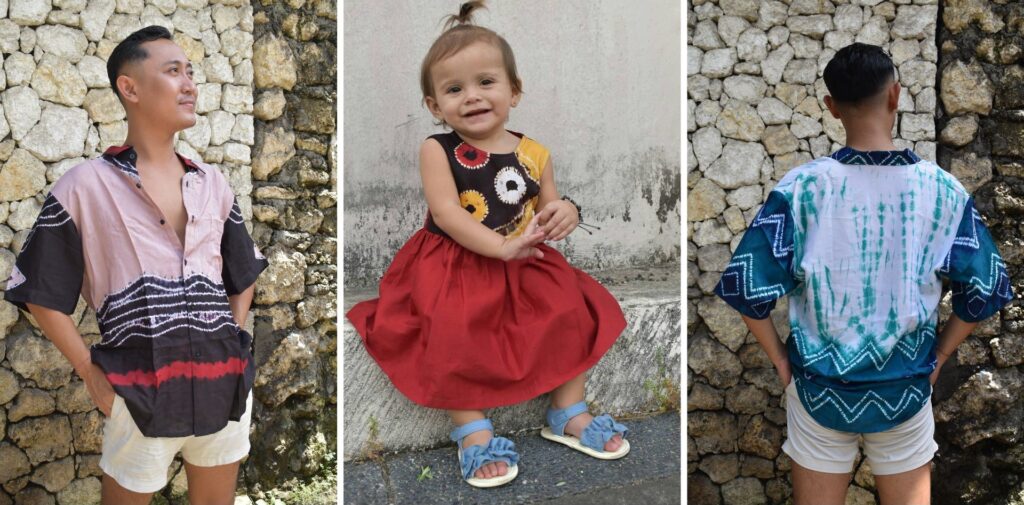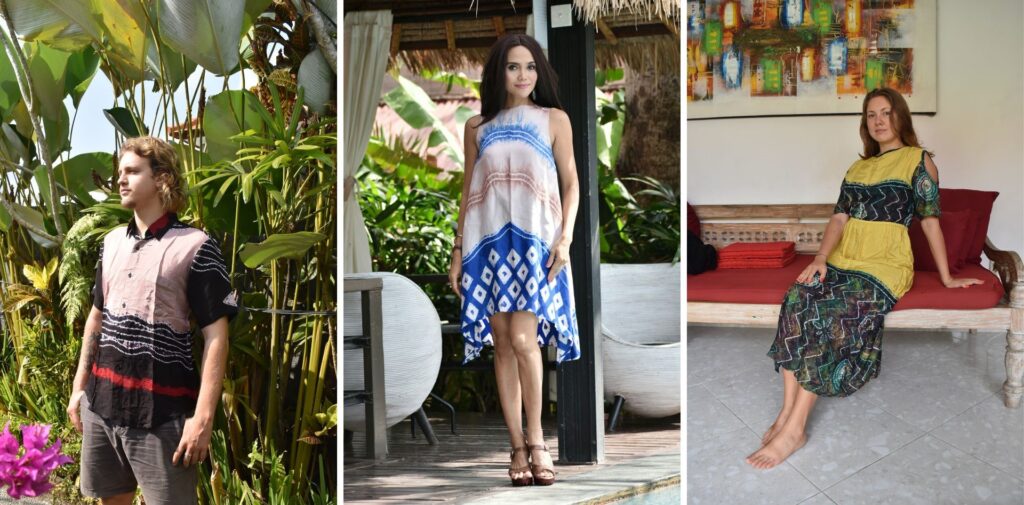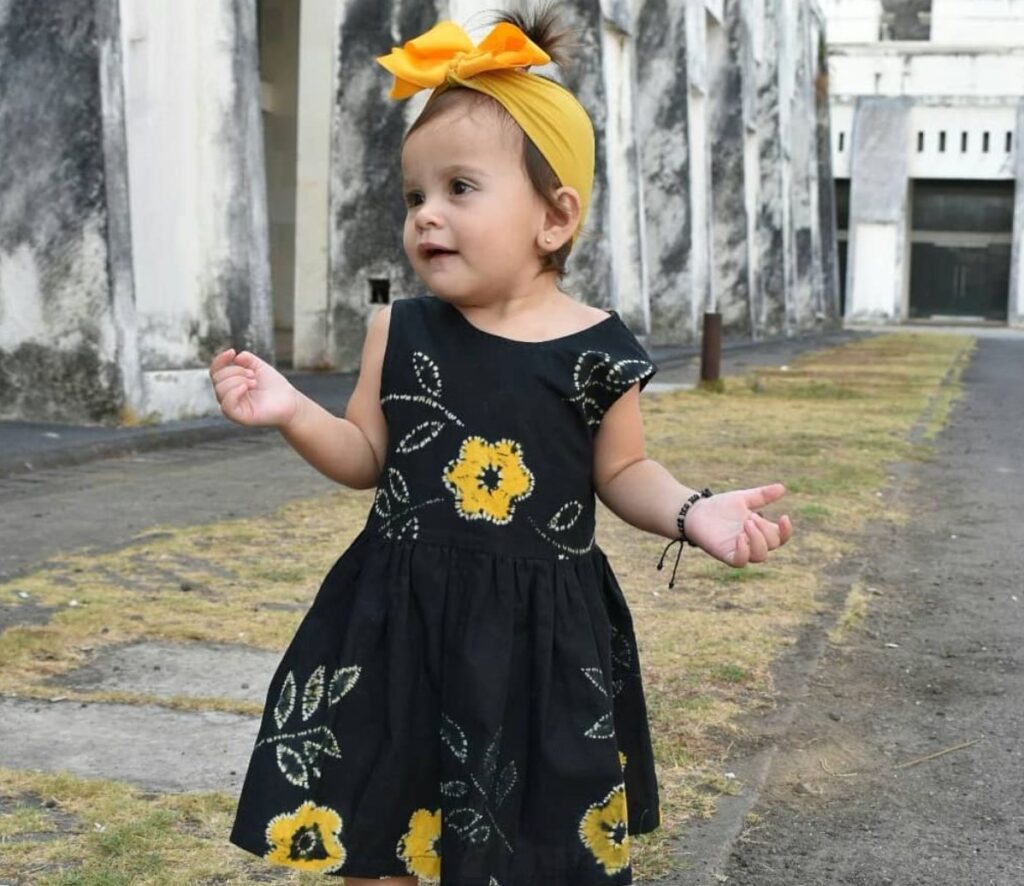
Sasirangan Batik
About
Sasirangan is traditional cloth that originally come from South Borneo, its similar with Batik, but it has different of making process.
Sasirangan (batik) cloth is the identity of the Banjar community, South Kalimantan. Other than believing that the cloth is able to treat diseases if they wear it, the Banjar tribe also believes that Sasirangan fabric has the magical ability to expel the forces of evil spirits and protect its users from astral disturbance.
Calapan cloth, the forerunner of the Sasirangan batik, was developed slowly from the 12th to 14th century. Calapan cloth is closely associated with the story of Patih (Prime Minister) Lambung Mangkurat. In his youth, Lambung Mangkurat went on a raft and meditated for 40 days and nights in order to be able to find a king he could serve. At the end of this period, the river bubbled and a lady’s voice told him that he would find his king with her help. All he had to do was help her get to the surface by building her a royal boat to transport them both to the king, build her a palace with the help of 40 unmarried men, and weave her a cloth woven with the mature ears of rice (“padi waringin”) motif dipped (“calap”) in many colors for her wedding costume with the help of 40 virgins. The cloth made with the multiple-dip-dyeing (“calapan”) technique and woven in a single motif repeated in rows (“sasirangan”, “sa” = “single”, “sirangan” = “row”) is what is now known as the “Calapan” or “Sasirangan” cloth.
Our Lovely Collections
